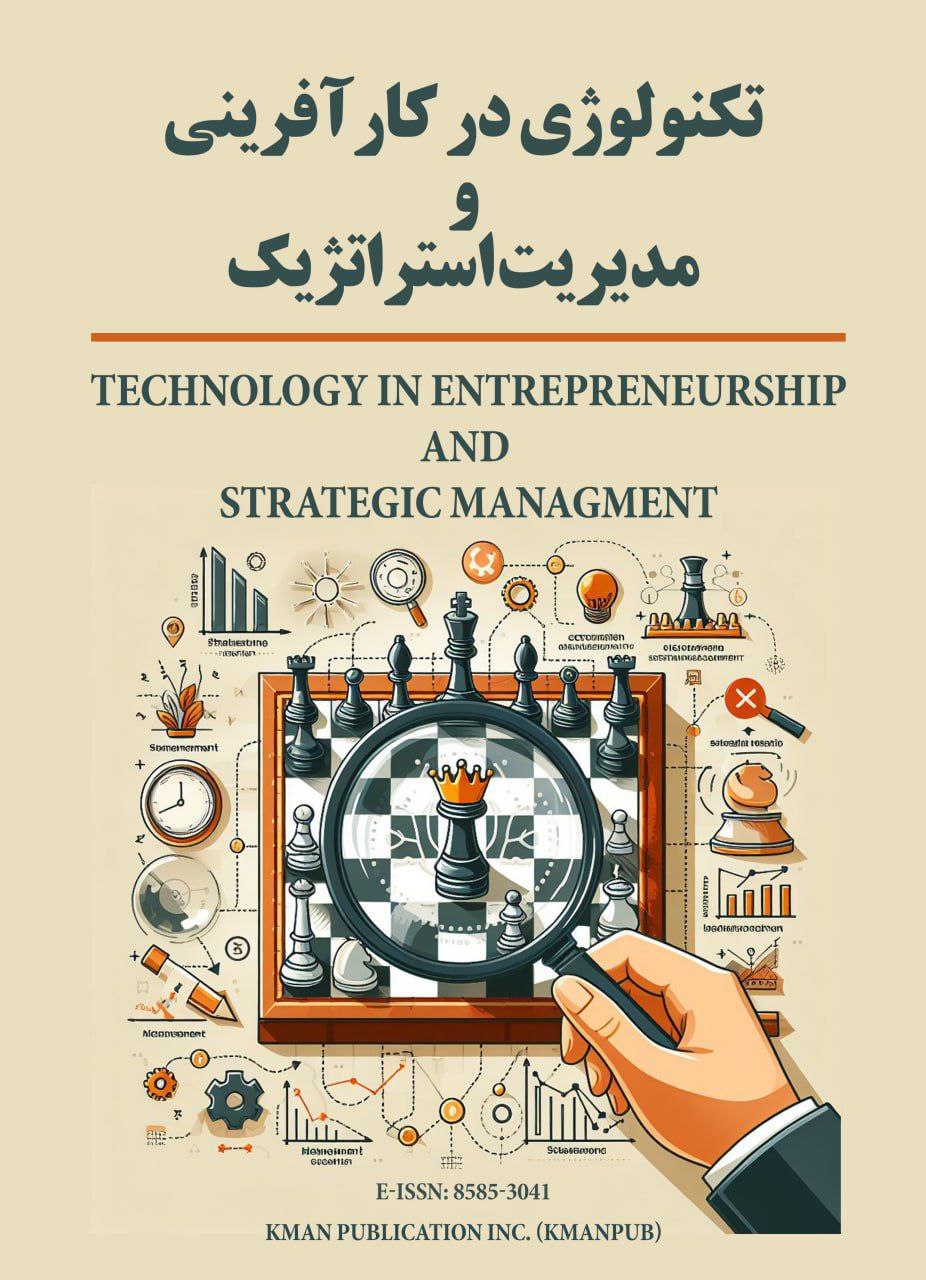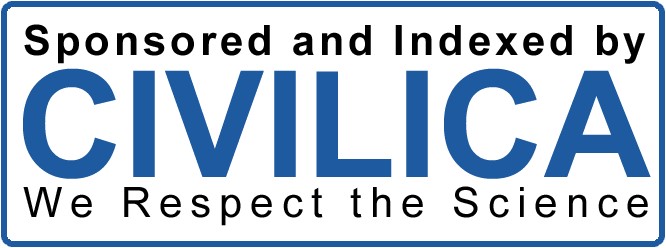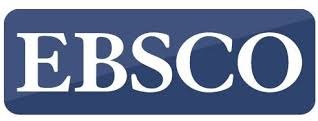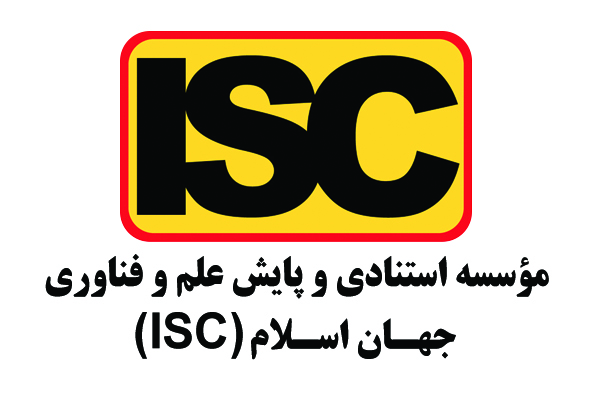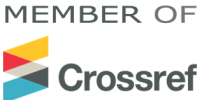Designing a Competitiveness Model for Industrial Firms Operating in the Production and Supply of Chemical Products in the Northwest of the Country Based on Key Competitive Factors
Keywords:
Industrial Enterprises, , Competitiveness, Key Competitive Factors, Chemical ProductsAbstract
The aim of this study was to design a competitiveness model for industrial firms active in the production and supply of chemical products in the northwest of the country based on key competitive factors. The study utilized a qualitative approach, employing grounded theory. The research is developmental in terms of its objective and descriptive-analytical in nature, with both quantitative and qualitative methods. Grounded theory was used for qualitative data analysis. Subsequently, through initial coding and defining sub-themes and main themes, the factors influencing the competitiveness of active industrial firms were identified. Accordingly, the environmental factors variable, with a coefficient of 0.303 and a significance level of 1%, the internal organizational factors variable, with an impact coefficient of 0.65 and a significance level of 1%, and the perceived value creation factors variable, with an impact coefficient of 0.904 and a significance level of 1%, had a significant impact on the competitiveness component variable. The results of the qualitative phase, using grounded theory, indicated that the key competitive factors in industrial firms operating in the production and supply of chemical products in the northwest of the country include: environmental factors, internal organizational factors, perceived value creation factors, and competitiveness components.
Downloads
References
Ebrahimzadeh, I., Eskandari Thani, M., & Rezaei, E. (2018). Formulation of effective strategies on the development of tourism competitiveness in the rural area (case study: Ladiz village). Birjand.
Kakaei, H., Ahmadfard, J., Nourai, A., & Momeni Wasalian, H. (2022). Investigating the role of supply chain management in competitiveness (case study: meat products in Tehran). Scientific Journal of New Management and Accounting Research Approaches. https://majournal.ir/index.php/ma/article/view/1753
Karamikhah, B. (2022). Explaining and identifying factors that constitute competitive advantage in organizations based on qualitative technique. Perspectives on Accounting and Management, 5(76), 128-143. https://www.jamv.ir/article_169254.html?lang=en
Kazempour, A., Saleh, I., Rafiei, H., & Dehghani, M. (2018). Prioritization of saffron target markets with an emphasis on Iran's competitiveness. Tehran.
Laszlo, S., & Ulbert, J. (2009). The examination of the competitiveness in the Hungarian SME sector: a firm level analysis. Faculty of Business and Economics, University of Pecs. https://acta.uni-obuda.hu/Szerb_Ulbert_19.pdf
Li, X. L. (2009). An analysis of sources of competitiveness and performance of Chinese manufacturers. International Journal of Operation and Production Management, 20, 299-315. https://doi.org/10.1108/01443570010294307
Maleki, M. H., Rezaei, R., Adeli, O. A., & Rahimian Asl, M. M. (2023). Providing a framework of factors affecting the competitiveness of airline companies. Road, 31(115), 283-306. https://civilica.com/doc/1657865/
Mehregan, M. R., Asgharizadeh, E., & Safari, H. (2009). Designing a model to investigate competitiveness at the firm level using structured equation modeling (Case study of National Petrochemical Company of Iran). Research Quarterly, Bazargani(46), 1-36. https://pajooheshnameh.itsr.ir/article_13612_0.html/article_700804.html?lang=en

